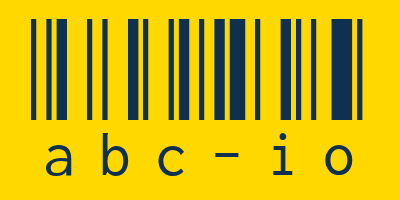Firefly Space is taking its orbital ambitions to the public markets. The company, which notched a string of successes this year, including a historic commercial Moon landing, submitted its formal declaration to regulators Friday detailing its plans to IPO sometime this year.
The S-1 document submitted to the U.S. Securities and Exchange provides a wide-ranging look into the company’s finances and governance plans, though the number of shares to be offered and their price range has not been disclosed. This means the the final valuation is still to be determined.
Firefly is heading into the Initial Public Offering with $176.9 million in cash and cash equivalents. And while it has incurred negative cash flows and losses from operations, Firefly projected that its cash is adequate to meet its liquidity needs for at least 12 months.
The company does have a lot of debt: about $173.6 million, including a $136.1 million term loan with a 13.87% interest rate. The net proceeds from the IPO will be used in part to repay that outstanding borrowing, according to the S-1.
Firefly reportedly scored $55.8 million in revenue as of March 31, up from just $8.3 million for the same period in 2024. The majority of that — around $50 million — is from “spacecraft solutions,” or its Blue Ghost lander missions, and just $5 million from launch. But hardware is an expensive endeavor, and Firefly is still burning a lot of money: the cost of sales, or incurred expenses, was nearly as much as revenue: about $53 million as of March 31, leaving just $2.2 million in gross profit.
The company operated at a net loss of $231.1 million for the 2024 fiscal year, up from $135.5 million in 2023. Its net losses at the end of the first quarter were $60.1 million.
Yet the company tells prospective investors that it sees nothing but growth ahead, and there’s a handful of huge developments in the pipeline that could prove that to be true. That includes a major partnership with defense giant Northrop Grumman for a new, reusable launch vehicle called Eclipse, a launch agreement for up to 25 launches with Lockheed Martin, and the impending commercial debut of Elytra, a spacecraft line designed for in-space transportation services.
The company also cited strong customer demand, noting that as of March 31 it had about $1.1 billion worth of backlogged launch orders and spacecraft contracts. That’s about double from the $560 million in backlogged orders it had from a year prior. That big boost came from three multi-launch agreements for Firefly’s small Alpha rocket and an additional lunar delivery contract for its Blue Ghost lander.
The regulatory document also states Firefly intends to be a “controlled company” — essentially, that it will leverage Nasdaq rules to ensure that AE Industrial Partners, the private equity firm that bought a majority stake in Firefly in 2022, will retain significant governance control over the company even after it is listed on the public markets.
The company intends to list on the Nasdaq Global Markets under the ticker symbol $FLY. The news comes after a relative quiet period of space company exits. There was a slew of space companies that went public via mergers with special purpose acquisition companies in 2021 and 2022, many of which have failed to perform.
Firefly’s IPO will likely provide some much-needed liquidity to the market. Its IPO comes just one month after Voyager Space, a space company building the private space station Starlab, filed its IPO paperwork last month.











Add Comment